Mulled wine has experienced a surge in popularity in the UK in recent years and many of us have come to think of it as ‘the taste of Christmas in a glass’. At this time of year, you are unlikely to visit a yuletide market or carol service without catching a whiff of that delicious mulling aroma, infused with spices and festive promise.
A brief history of mulled wine
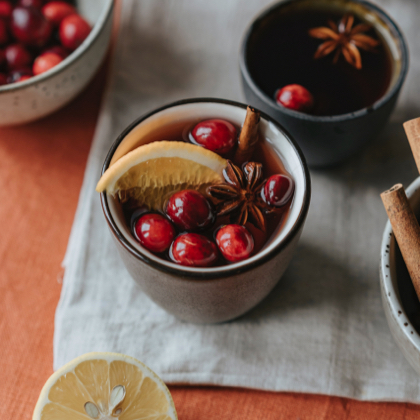
Although it feels like we have borrowed the tradition of serving warm alcohol in winter from colder climes, the tradition has actually been around in the UK since the second century when the Romans would heat their wine to protect themselves from the cold. As they infiltrated Europe, they also permeated our culture and mulled wine became popular throughout the new Roman Empire.
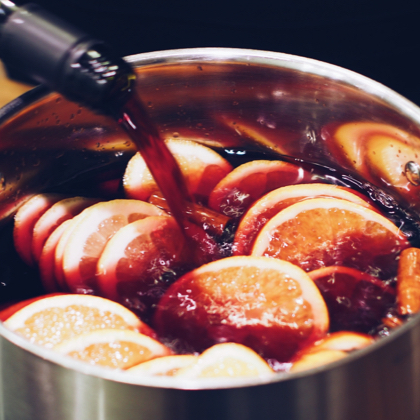
During the middle ages, Europeans began to mix spices into their mulled wine, as they believed it would keep them healthy and ward off sickness. The wine in those days didn’t taste so great so they also added herbs to sweeten it and make it more palatable. Over the following centuries, the popularity of mulled wine in Europe gradually ebbed away, apart from in Scandinavia, where it remained a popular drink, enjoyed by the Swedish monarchy and evolved into a tasty tipple called glögg, first documented in 1609.
During the 1890s, people started to associate glögg with Christmas and mulled wine experienced a renaissance across Europe, where each country had its own unique twist on the recipe, using different types of wine and spices to create their own national blend.
Making your own mulled wine at home
Although it is possible to buy premixed mulled wine or mulling sachets at the supermarket, we think there is no substitute to mixing your own mulled wine at home and we agree with Jamie Oliver, who suggests that just because you’re adding a lot of flavours to the wine, that doesn’t mean you should scrimp on the bottle: “If you wouldn’t be happy to serve your bottle with food, then it’s best to avoid it!”
Best wines for making mulled wine
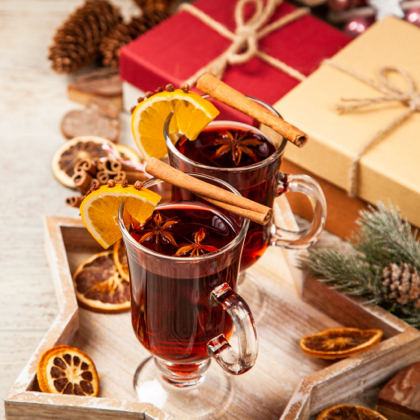
Whilst it is possible to mull white wine, the most popular choice for mulling is of course, red. Although we recommend that you avoid using really cheap wine, don’t use the best bottle in your cellar either. When wine is heated, some of the flavour compounds may be destroyed so don’t choose something with a subtle flavour or aroma, go for something bold, that will complement the flavours of the spices.
If you’re mulling wine for a festive gathering you are probably going to be using more than one bottle to make a batch so it is better to go for something mid-priced in order to be cost effective.
For a classic mulled wine we suggest using a red wine with a relatively high alcohol content, lots of fruit and a reasonable amount of tannins – although there is some discussion as to whether tannins can turn bitter during the heating process - so we suggest experimenting with different wines to find one that suits your palate before you create a batch for your guests.
VINVM picks six red wines for making mulled wine
We’ve chosen 6 red wines from our cellar, that have been tried and tested for mulling this festive season:
Rocca di Montegrossi Chianti Classico 2017
Jamie Oliver favours Italian reds – and particularly Chianti when mulling wine and this lively ruby, with rich fruity aromas typical of the varietals, such as forest berries and sour cherries, provides a great base for mulling.
Vigneti Zabu Nero d'Avola 2019
This Sicilian red is full bodied and fruity, so mulling spices will complement the flavour, rather than overpower it. The high alcohol content means that it can withstand the heat during the mulling process, and if you are just getting started with wine mulling, it is reasonably priced too, so you can afford to experiment a little.
Fattoria La Valentina Montepulciano d'Abruzzo 'Spelt' 2015
This medium-bodied wine is juicy has a vibrant red-cherry flavour with lovely plummy notes and other dark fruit flavours that blend perfectly with mulling ingredients.
Berton Vineyards Foundstone Shiraz 2018
A fresh and juicy Australian Shiraz from the Barossa Valley. This full-bodied, fruit-forward wine is ideal for creating a warming winter drink.
The full body, earthy tones and dense aroma of this Classic Argentinian Malbec make it a perfect complement to seasonal spices.
Oxford Landing Estates Merlot 2018
If you’re planning to mull a lot of wine and want something cost-effective yet tasty. This medium-bodied wine with velvety tannins is bound to be a crowd pleaser.
How to make your own mulled wine
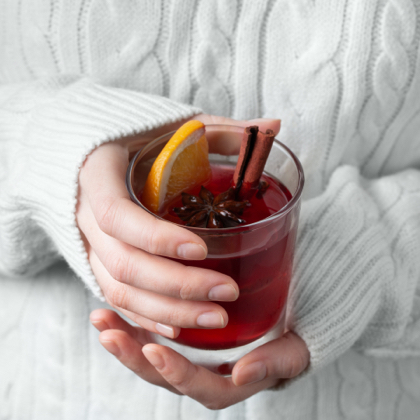
This classic recipe for mulled wine is open to interpretation, so feel free to add your own twist with different fruits, herbs and spices and perhaps a dash of something stronger, such as port, brandy or sloe gin into the mix.
Ingredients
- 1 lemon
- 1 lime
- 2 oranges
- 200g demerarasugar
- 6 whole cloves
- 2 teaspoons of finely grated root ginger or powdered ginger
- 1 cinnamon stick
- 1 grated nutmeg
- 1 dried bay leaf
- 2 bottles of your chosen red wine
Method
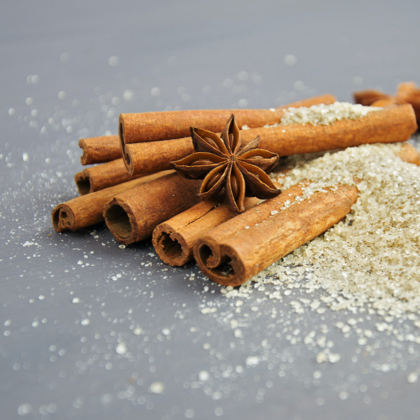
- Peel the zest from the oranges, lemon and lime using a cheese grater or vegetable peeler.
- Squeeze the oranges.
- Place the sugar into a large saucepan (some people prefer to use a slow cooker).
- Add the zest and squeezed orange juice and stir over a medium heat.
- Add the cloves, ginger, cinnamon stick, nutmeg and bay leaf and stir in just enough red wine to cover the sugar and spices. Let it simmer until the sugar has dissolved.
- Turn it down to a low heat and add the rest of the wine, and warm it through. If you are adding extra alcohol such as brandy do this off the heat, just prior to serving.
We recommend straining the mulled wine before serving – or you may wish to bundle the spices in muslin before adding to the mixture, so that you don’t have to fish them out afterwards. Just make sure you stir the wine thoroughly during heating to let the flavours permeate thoroughly.
Depending on how you like your wine you can experiment with adding additional flavours such as vanilla, grapefruit, star anise and cardamom. You can also try mulling burgundy or port to make ‘Smokin Bishop’ – a drink popularised by Charles Dickens in ‘A Christmas Carol.’ What could be more festive than that?
